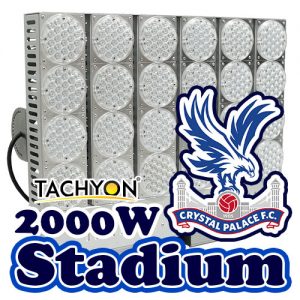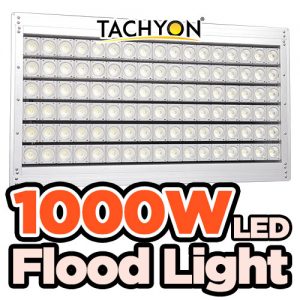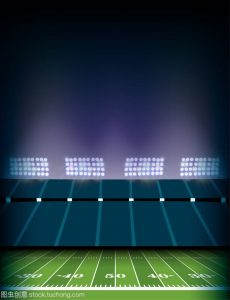Overview
LED is a new concept of solid-state light source. With its unparalleled technical advantages of energy saving, environmental protection, long life and high controllability, it has become one of the most promising high-tech technologies in the world in recent years, officially kicking off the prelude to fully replace traditional lighting.
The innovation of semiconductor lighting technology is changing the century-old history of traditional lighting. With the application of LED technology in the field of lighting, LED products have set off a green storm of energy saving and environmental protection in the world, and are known as “green lighting” products by the industry.
In today’s increasingly high energy consumption, in the next 10 years, LED products will become the only products that completely replace traditional lighting fixtures such as high-pressure sodium lamps, incandescent lamps, and fluorescent lamps.
1. Impact Test
Place the led lamps in a -15°C environment
Test method: After the lighting test, control the lamps and lanterns through the relay to perform the impact test in this environment.
The test settings are: turn on the lights for 20s, turn off the lights for 20s, and cycle 100 times.
For the object: LED lighting test requirements.
2. High and Low Temperature Test
The test box was kept at high temperature and low temperature for 0.5h each and cycled 8 times.
Test requirements: Reference standard: industry experience, turn on the power supply, turn on the lamp for 24 hours, and observe whether the lamp is damaged or the material is deformed by heat and other abnormal phenomena.
For objects: led lamps (finished lamps with leddriver).
The temperature change range of the test box is set from -10°C to 50°C, and the temperature change rate is: greater than 1°C/min, but less than 5°C/min.
3. Vibration Test
Pack the LED lamp sample and place it on the vibration test bench.
After the lamps have been tested at low temperature and low pressure, the abnormal phenomena such as surface peeling, discoloration, cracking, and material deformation cannot occur.
For the object: led lamps (finished lamps including leddriver) led lamps test method.
High temperature and high pressure and its impact test:
For the object: LED lamps (finished lamps including leddriver) test requirements.
Reference standard: industry experience.
4. Aging Test
Turn on the power supply, turn on the lamp for 24 hours, and observe whether the lamp is damaged or the material is deformed by heat.
Reference standard: industry experience.
For objects: led lamps (finished lamps with leddriver).
After taking out the sample, wipe off the water droplets on the surface, put it under normal atmospheric pressure and normal temperature for 2 hours, and then check it.
After the lamp has been tested at high temperature and high pressure, the abnormal phenomena such as surface peeling, discoloration, cracking, and material deformation cannot occur.
After the lighting test, the lamp is controlled by the relay to perform the impact test in this environment.
The test settings are: turn on the lights for 20s, turn off the lights for 20s, and cycle 100 times.
Test method: After the lamp has been tested by temperature cycle, there should be no electrical abnormalities such as leakage and no lighting.
5. Constant Voltage Test
Turn on the power supply according to the rated input voltage of the led lamps.
Reference standard: industry experience.
Turn on the power supply according to the rated input voltage of the led lamps and turn on the lights for 48h.
6. Constant Damp Heat Test:
After the lamp has passed the impact test, there should be no electrical anomalies such as leakage and no lighting.
Test method: turn on the power supply according to the rated input voltage of the led lamps; control the lamps and lanterns through relays to perform an impact test under normal temperature and pressure.
The test settings are: turn on the lights for 30s, turn off the lights for 30s, and cycle 10,000 times.
After the lamp has passed the impact test, there should be no electrical anomalies such as leakage and no lighting.
7. High Voltage Test
Adjust the input voltage of the led lamps to 1.1 times the maximum rated input voltage through the voltage regulator.
Test the lamps in the up and down, left and right, and front and rear directions for 30 minutes according to the above method.
Place the led lamps in an environment with a room temperature of 25°C.
Temperature cycle test: adjust the input voltage of the led lamp to 0.9 times the minimum rated input voltage through the voltage regulator.
8. Constant Temperature and Humidity Test
Place the led lamps in a constant temperature and humidity box, the constant temperature and humidity box is set to a relative humidity of 95% and a temperature of 45°C.
Test method, reference standard: industry experience
After the lamp has been subjected to the impact test at room temperature and pressure, there should be no electrical anomalies such as leakage and no lighting.
9. Normal Temperature and Normal Pressure Impact Test:
Place the led lamps in a room with a room temperature of 60°C.
The vibration speed of the vibration tester was set to 300 rpm, and the amplitude was set to 2.54 cm, and the vibration meter was activated.
testing method:
Low temperature and low pressure and its impact test: The led lamps are placed in a test box, and the temperature of the test box can adjust the temperature change rate.
For objects: led lamps
Vibration test of led lamps:
Test requirements and test methods: After the lamps have undergone the vibration test, there should be no abnormal phenomena such as parts falling off, structural damage, and no lighting.


